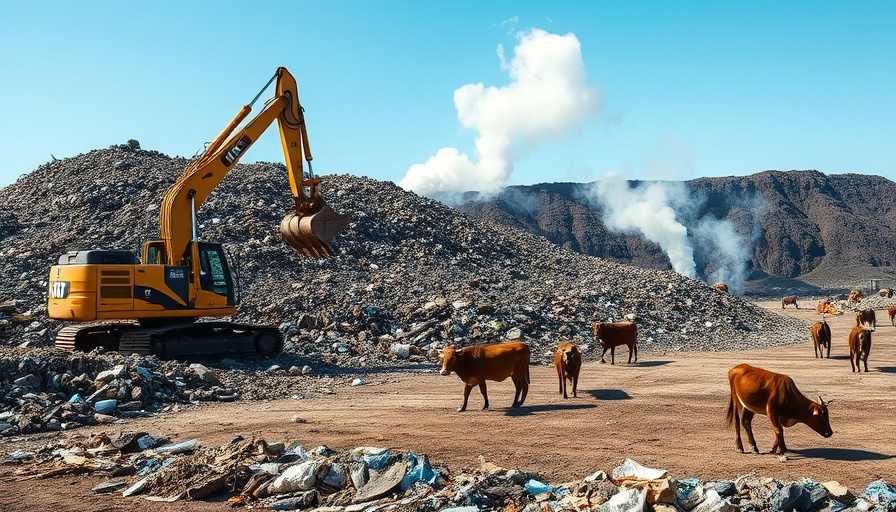
Finland's Coal Era Ends: What It Means for the Energy Landscape
Finland has officially closed the Salmisaari power plant, marking the end of its last utility-scale coal facility. This pivotal moment in energy transition aligns with a broader global shift towards renewable sources. Operated by the city-owned energy company Helen, the plant's closure signals Finland's determination to meet its ambitious climate goals, particularly a law enacted in 2019 that bans coal burning after 2029.
Renewable Energy Gains Ground
In recent years, Finland has significantly increased its renewable energy output, with wind energy capacity more than doubling since 2020. Currently, wind power contributes nearly 25% of the country's total energy needs. The closure of coal plants has drastically reduced coal's share of Finland’s energy mix from 6.7% last year to an expected less than 1% going forward. This transition not only responds to environmental imperatives but aligns with modern energy demands.
Environmental and Economic Impacts
Helen has highlighted that phasing out coal will lead to a substantial reduction in carbon emissions—projected to fall by 50% from 2024 levels. For homeowners and potential homeowners in California, these shifts underscore a growing trend of sustainable living. With cleaner energy sources like wind, solar, and nuclear coming to the forefront, residents can expect not only a healthier environment but also potential cost savings on utility bills as energy systems become more efficient.
An Eye on the Future
The implications of Finland’s energy transition are far-reaching. As this Nordic nation embraces renewable technologies, it sets a precedent that could inspire similar initiatives in urban areas such as California. The anticipated decrease in emissions offers a roadmap for other cities aiming for sustainability. Notably, investments in energy flexibility are crucial for maintaining competitive pricing while ensuring security of supply, a topic of increasing relevance for today's consumers.
As residents in California consider their future energy choices, the lessons from Finland could serve as a guiding light on how to integrate renewable solutions into their homes and communities.
 Add Row
Add Row  Add
Add 




Write A Comment